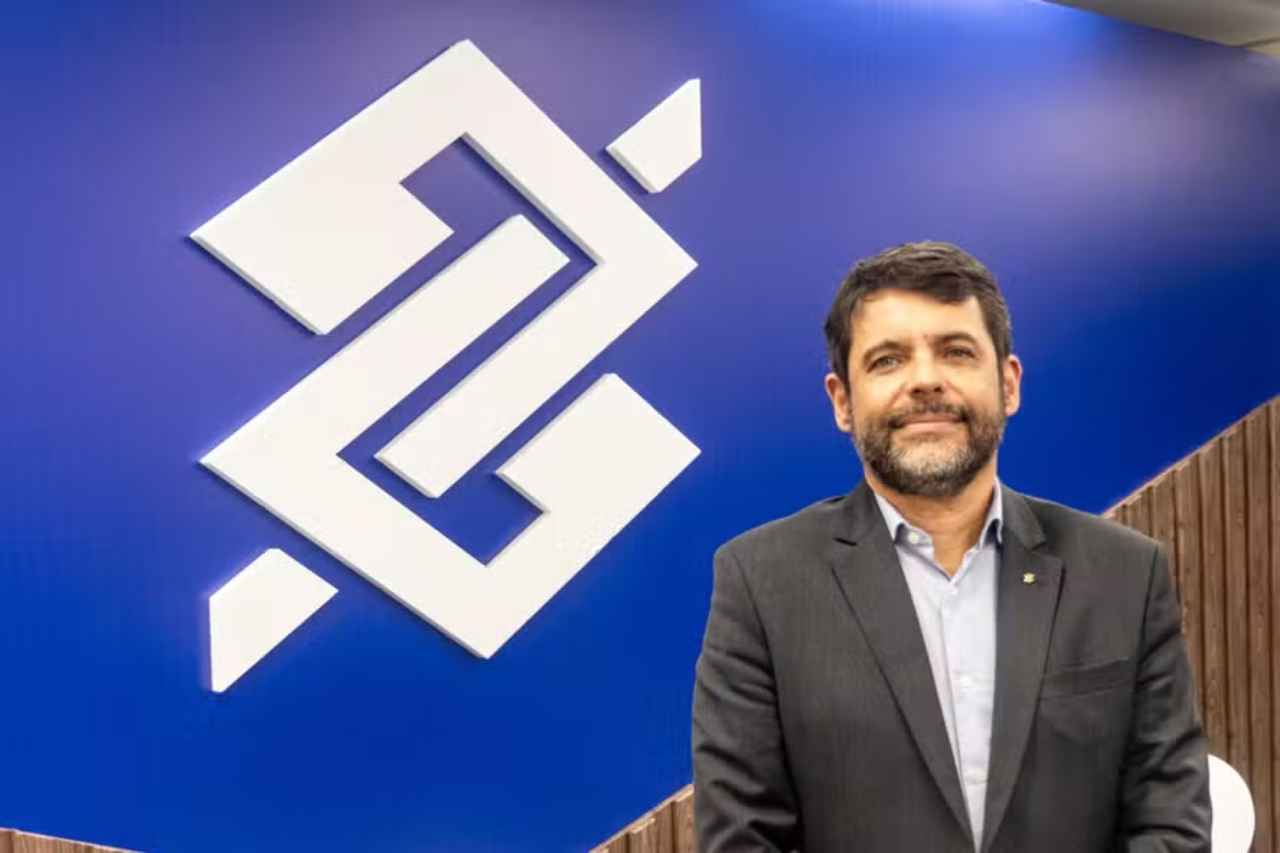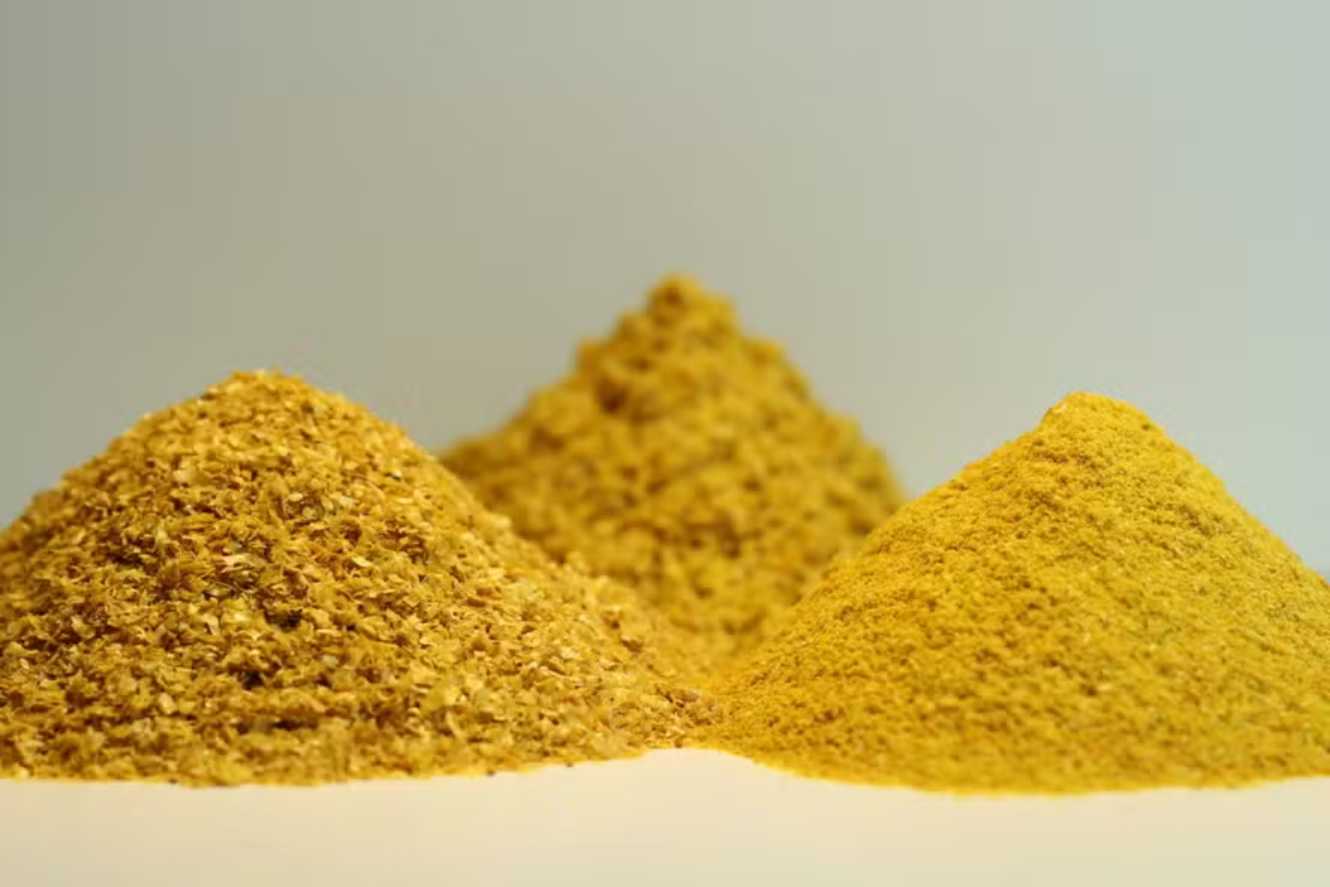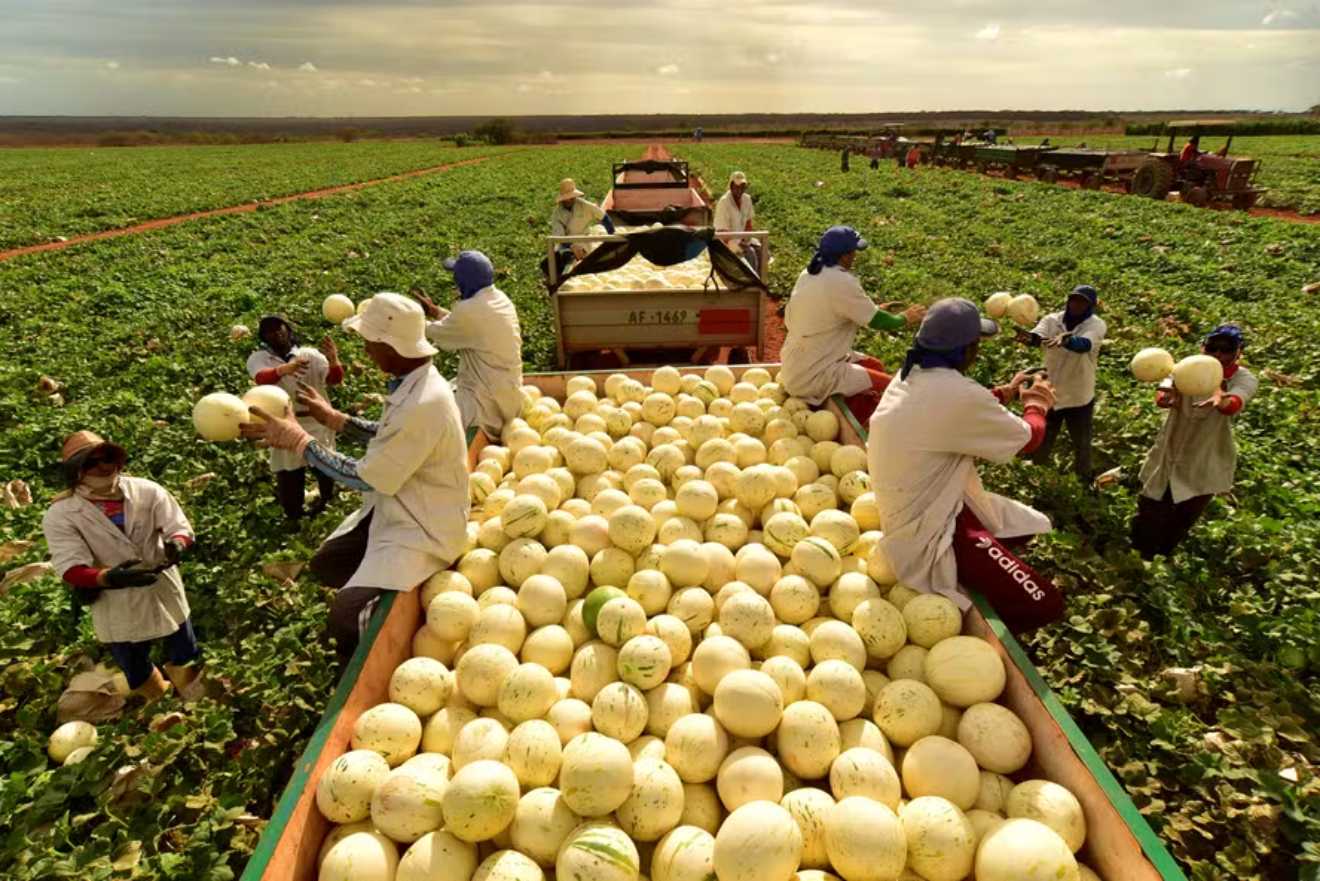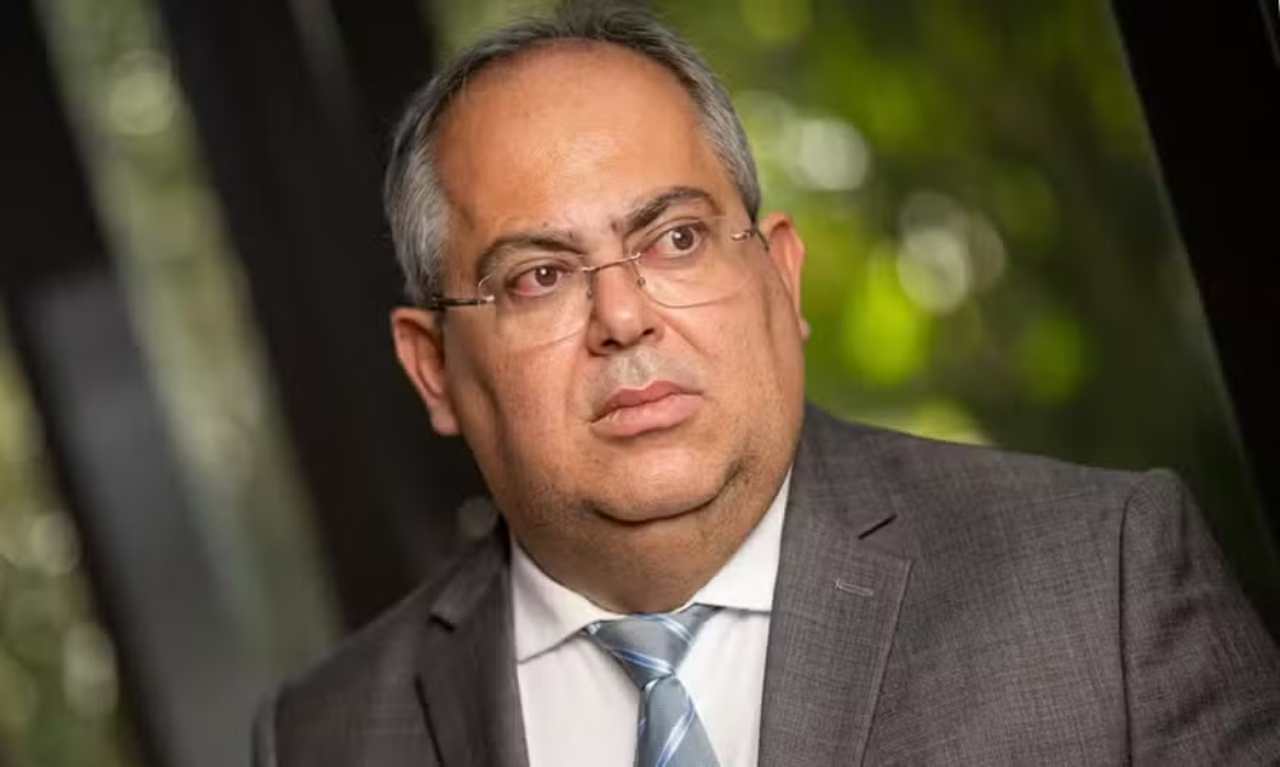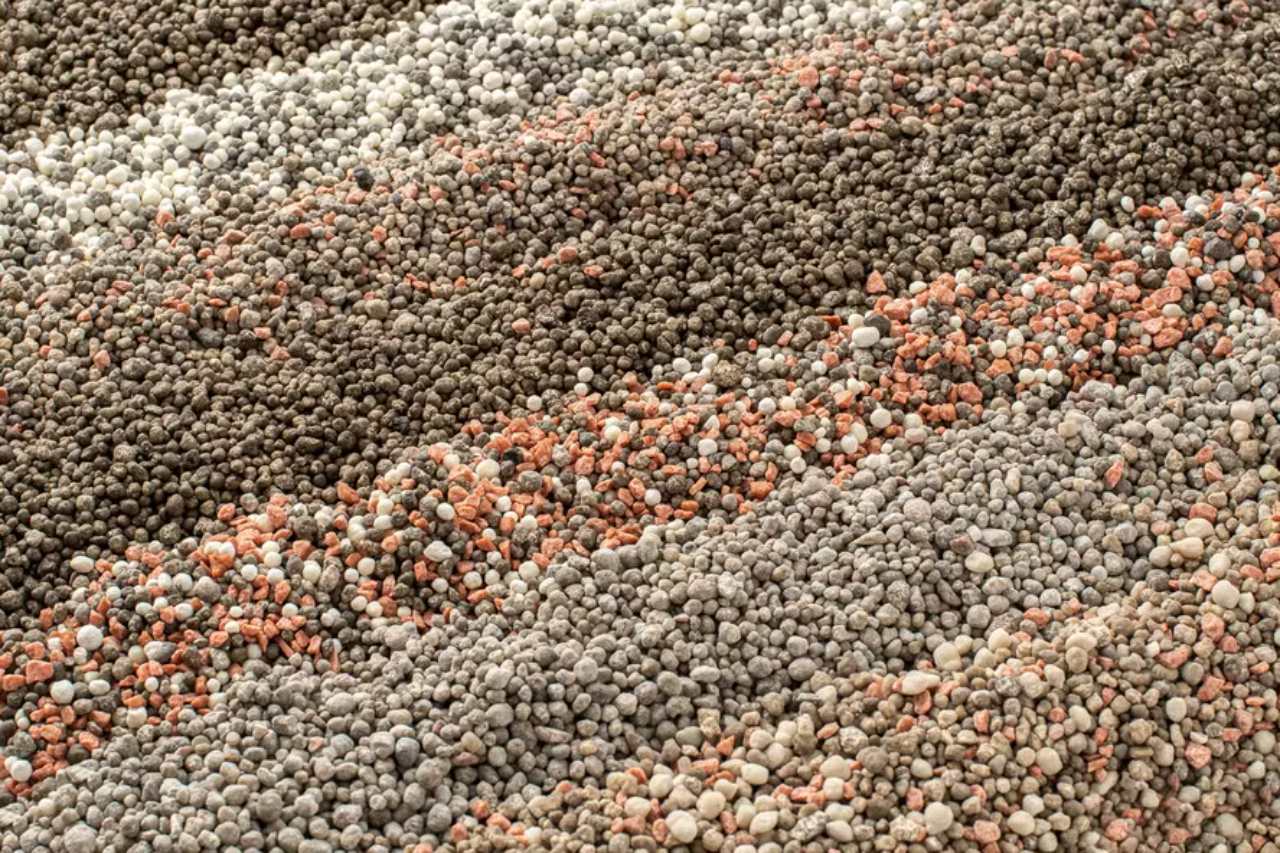A 13% Increase from 2024’s Figures
After a weaker start to the crop season, influenced by climate challenges and market conditions that pressured producers’ margins in the 2023/24 cycle, Banco do Brasil reported disbursing R$ 100 billion in rural credit, agribusiness bonds, and other financing options between July and mid-November.
By June 2025, the bank aims to extend R$ 260 billion in loans to the agribusiness sector, maintaining its lead in this market. This target represents a 13% increase compared to the same period in 2024.
According to Luiz Gustavo Braz Lage, Vice President of Agribusiness and Family Farming at Banco do Brasil, the bank expects a turning point for agricultural loans moving forward, supported by market stabilization and a more optimistic outlook for 2025.
Overcoming Challenges in 2023
Banco do Brasil acknowledges the difficulties faced this year, including a nearly historic delinquency rate of 1.97% and increased sector risks. However, the bank is optimistic about the future, driven by forecasts of a record harvest—despite initial delays in soybean planting—and recovery in margins for crops like soybeans and corn, which were impacted by drought. Additionally, livestock farming, which represents 40% of the bank’s agribusiness portfolio, is experiencing growth with rising cattle prices.
The bank attributes its resilience to a diversified client base spanning various agricultural chains and regions, which helps distribute risks and expand its presence in the sector. Its agribusiness portfolio grew by 13.7% as of September 2024, reaching R$ 386.6 billion, and is projected to close the year near R$ 400 billion.
Strategic Expansion Amidst Market Shifts
Banco do Brasil is actively managing risk while capitalizing on market shifts that have seen competitors slow down or exit agribusiness financing. The bank’s data-driven approach and close ties to the agricultural sector are crucial. “This is more precise credit. We maintain a resilient, diversified portfolio with prudent management,” Lage emphasized.
Felipe Guimarães Geissler Prince, Vice President of Internal Controls and Risk Management, noted that the retreat of other financial players creates opportunities. “There’s undeniable potential in a sector whose GDP is projected to grow by 5% in 2025, with highly promising scenarios for several crops,” he said.
Rural Credit Trends and Government Support
While traditional rural credit disbursements under the government’s Plano Safra have slowed, Banco do Brasil has offset this decline with a 33% rise in Rural Product Notes (CPRs) issued in the first quarter of the cycle. The bank’s balance of CPRs surpassed R$ 30 billion as of September.
Central Bank data indicates that Banco do Brasil’s rural credit disbursements fell 15% between July and October, from R$ 79.2 billion to R$ 67.1 billion, compared to the same period last season. However, this decline is less steep than the industry average, enabling the bank to grow its market share from 39% to 44% in the period.
“There was a decline, but it was smaller than the overall system. Producers are more cautious about taking on credit, and there was a delay in releasing the plan,” Lage explained. Despite this, lending accelerated in early November, posting a 9% increase compared to the same month in the previous cycle, focusing on small and medium-sized producers.
Competitive Edge in Subsidized Credit
Banco do Brasil’s ability to utilize equalized resources subsidized by the National Treasury has been a key differentiator. With the Selic rate at 11.25% annually, the bank has an advantage in offering subsidized loans at rates between 3% and 11.5%. Of the R$ 60 billion allocated by the government under the Plano Safra 2024/25, 48% remains available for lending, providing a significant edge in the coming months.
“We’ve regained a fair share of these equalized resources,” Prince added. “With rising interest rate projections, we’re positioned to offer more competitive costs, an important lever in winning back clients.”

